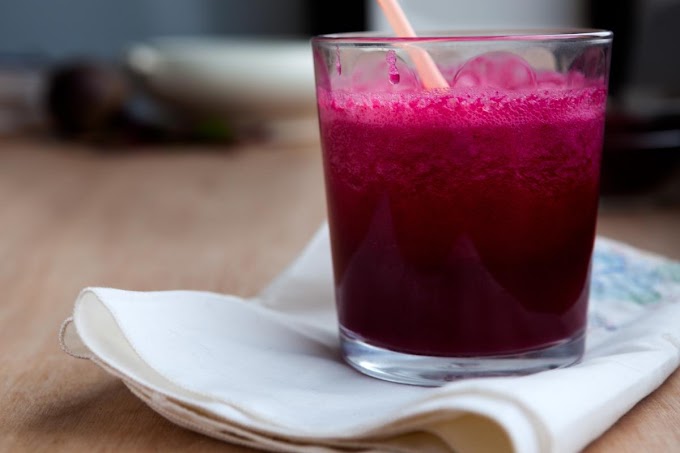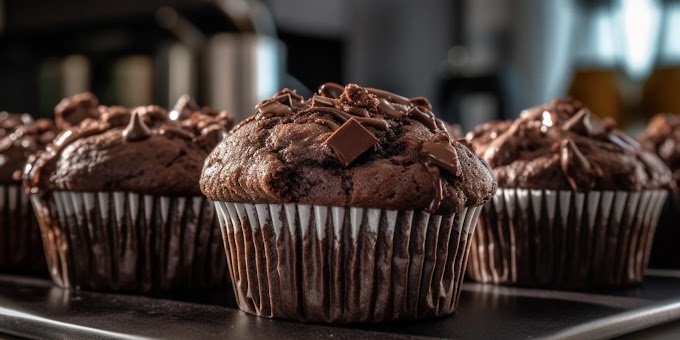Yorkshire puddings, with their golden, crispy outsides and fluffy, airy interiors, are a beloved British classic that pairs perfectly with a Sunday roast, beef dinner, or any comfort food spread. The hallmark of a great Yorkshire pudding is its lightness, a delicate balance that makes each bite a satisfying blend of texture and flavor. Though they may look tricky to master, making perfectly risen and fluffy Yorkshire puddings is achievable with the right ingredients, method, and tips. Here’s a step-by-step guide to mastering Yorkshire puddings that are as delicious as they are impressive.
The Basics of Yorkshire Puddings
Yorkshire puddings are made from a simple batter of flour, eggs, and milk. What makes them distinct from other puddings is their airy, hollow center and slightly crispy exterior. Traditionally, they were served as a first course to help stretch a meal by filling up diners before the main dish, but now they are usually enjoyed as a side or accompaniment.
To create the perfect texture, the goal is to incorporate air into the batter and maintain a high oven temperature throughout baking. When done right, the puddings rise tall and stay crisp on the outside with a tender interior—ideal for soaking up gravy or sauces.
Ingredients for Light and Fluffy Yorkshire Puddings
To make about 12 small Yorkshire puddings, gather the following ingredients:
1 cup (120g) of all-purpose flour
1 cup (240ml) of milk (whole milk is ideal for richness)
3 large eggs
½ teaspoon of salt
Sunflower or vegetable oil (for the baking tin)
These ingredients are enough to yield a dozen Yorkshire puddings, but the recipe can be adjusted for smaller or larger batches. The key here is to maintain a ratio of equal parts flour, milk, and eggs by volume to achieve the right texture.
Step-by-Step Guide to Making Yorkshire Puddings
Step 1: Prepare the Batter
The first step is to make a smooth batter, which is essential for ensuring the puddings rise properly.
Mix the Ingredients
In a large mixing bowl, combine the flour and salt. Make a well in the center of the flour, crack in the eggs, and gradually add the milk while whisking. This technique helps incorporate air into the batter, giving the final product a light texture.
Whisk Thoroughly
Continue whisking the batter until smooth and lump-free. Some people prefer to use an electric mixer to ensure a uniform texture, which can help the batter rise evenly. Aim for a batter that is slightly thinner than pancake batter but not overly runny.
Rest the Batter
Let the batter rest for at least 30 minutes. This resting period allows the flour to fully absorb the liquid, which helps the puddings develop a better structure and texture during baking. You can even let it rest in the fridge for up to 12 hours if making the batter ahead.
Step 2: Preheat the Oven and the Tin
Preheating both the oven and the muffin tin is essential for achieving a good rise and crisp exterior
Preheat the Oven to 425°F (220°C)
A high temperature is key to creating steam, which helps the batter rise rapidly in the oven.
Add Oil to the Muffin Tin
Pour a small amount (about 1 teaspoon) of sunflower or vegetable oil into each cavity of a 12-cup muffin tin. The oil should be enough to coat the bottom but not too much that it overflows once the batter is added.
Heat the Oil
Place the muffin tin in the oven for 10 minutes, or until the oil is hot and slightly shimmering. The hot oil is critical, as it will instantly cook the batter's base upon contact, helping the puddings rise immediately.
Step 3: Pour the Batter and Bake
Once the oil and oven are hot, it’s time to add the batter and bake.
Pour the Batter Carefully
Working quickly but carefully, remove the hot muffin tin from the oven. Pour the batter into each cavity, filling each cup about halfway. Be cautious, as the hot oil may sizzle when the batter hits it.
Bake Immediately
Place the tin back in the oven and bake for 20–25 minutes without opening the door. Opening the oven too soon can cause the puddings to collapse, so resist the temptation to peek! The puddings should rise significantly and turn golden brown on top with a crisp exterior.
Check for Doneness
After 20–25 minutes, check that the puddings are puffed up and deep golden brown. If they need a bit more time, leave them in for an extra minute or two but avoid over-baking, as this can make them too dry.
Step 4: Serve and Enjoy
Yorkshire puddings are best enjoyed fresh from the oven. Serve them alongside your favorite roast meat, mashed potatoes, and gravy, or use them to soak up any sauces or dips.
Tips for Perfect Yorkshire Puddings
Achieving that perfect fluffy, airy Yorkshire pudding is as much about technique as it is about ingredients. Here are a few additional tips for consistent success:
Keep the Oven Hot and Steady
Temperature fluctuations can affect the rise of the puddings. Ensure your oven is fully preheated and avoid opening the door during baking.
Choose the Right Flour
All-purpose flour is standard, but if you want an extra lift, a small portion of bread flour can be added to the mix. Bread flour has more protein, which helps form gluten, lending extra structure to the puddings.
Use Room-Temperature Ingredients
Cold eggs and milk can hinder the batter’s ability to rise. Room-temperature ingredients allow the batter to puff up more effectively when it hits the hot oven.
Experiment with Fat Types
Traditional Yorkshire puddings were made with beef drippings, which can give a more authentic flavor. However, sunflower or vegetable oil is a great alternative as they handle high heat well.
Make It in Advance
The batter can be prepared up to a day in advance and stored in the refrigerator. Chilled batter can even result in a crisper pudding, but let it come closer to room temperature before baking.
Frequently Asked Questions (FAQ)
Q: Can I make Yorkshire puddings without a muffin tin?
A: Yes, a large baking dish works if you prefer a single, large Yorkshire pudding. Follow the same steps but bake for an extra 5-10 minutes as needed.
Q: Why did my Yorkshire puddings turn out flat?
A: Flat Yorkshire puddings can result from under-heated oil, an oven that isn’t hot enough, or a batter that hasn’t rested. Ensuring these steps will help the batter rise properly.
Q: How do I store and reheat leftover Yorkshire puddings?
A: If you have leftovers, store them in an airtight container in the fridge for up to 2 days. Reheat them in a hot oven (around 350°F/175°C) for 5–10 minutes to crisp up.
Q: Can I freeze Yorkshire puddings?
A: Yes, Yorkshire puddings freeze well. Once cooled, freeze them in an airtight container for up to a month. Reheat directly from frozen in a hot oven for about 10 minutes.
In Conclusion
With a few key techniques—resting the batter, heating the oil, and keeping a steady oven temperature—you can create Yorkshire puddings that are light, fluffy, and irresistibly delicious. Following this recipe and paying attention to these details will elevate your puddings to a new level. Enjoy the satisfaction of mastering this classic dish and the praise from anyone lucky enough to try your perfectly fluffy Yorkshire puddings!








Social Plugin